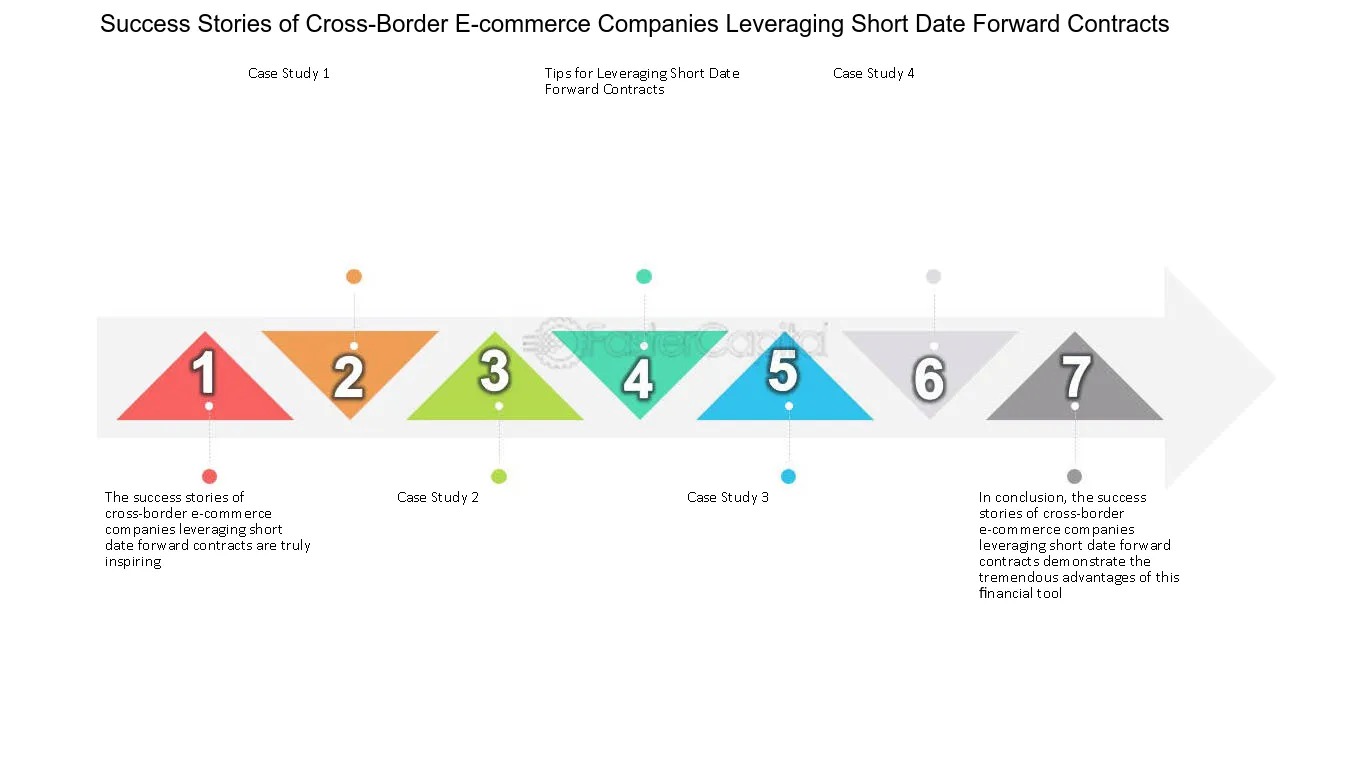Home>Finance>Short Sale: Definition, Example, Risks, And Margin Requirements


Finance
Short Sale: Definition, Example, Risks, And Margin Requirements
Published: January 28, 2024
Learn about short sales in finance: definition, examples, risks, and margin requirements. Understand the concept of short selling and its implications on the market.
(Many of the links in this article redirect to a specific reviewed product. Your purchase of these products through affiliate links helps to generate commission for LiveWell, at no extra cost. Learn more)
What is a Short Sale?
A short sale is a trading strategy that allows investors to profit from the decline in the price of a security. In basic terms, it involves borrowing shares of a stock from a broker, selling those borrowed shares on the open market, and then buying them back at a lower price to return them to the broker. The difference between the selling and buying price is the profit made by the investor.
Key Takeaways:
- A short sale is a trading strategy that involves selling borrowed shares of a stock and buying them back at a lower price to profit from a price decline.
- Short selling can be risky as there is no limit to how high a stock’s price can rise, resulting in potentially unlimited losses.
Example of a Short Sale
Let’s say you believe that the shares of Company XYZ are overpriced and will decline in the near future. You approach your broker and borrow 100 shares of Company XYZ, which are currently valued at $50 per share. You immediately sell these borrowed shares for a total of $5,000. A week later, the price of Company XYZ’s shares drops to $40 per share. You decide to close your short position and buy back the 100 shares at the lower price of $4,000. You return the borrowed shares to your broker and walk away with a profit of $1,000.
Risks of Short Selling
While short selling can be a profitable strategy, it also comes with its fair share of risks. It’s important for investors to be aware of these risks before diving into short selling:
- Unlimited Losses: Unlike buying a stock, where the maximum loss is limited to the amount invested, short selling has the potential for unlimited losses. If the price of the stock being shorted rises significantly, the investor may face substantial losses.
- Margin Calls: Short selling requires investors to borrow shares from their broker, and this involves using borrowed money. If the value of the borrowed shares increases, the broker may issue a margin call, requiring the investor to deposit additional funds to cover potential losses. Failure to meet a margin call can result in the broker liquidating the investor’s position.
- Timing: Timing is crucial in short selling. If the investor enters a short position too early or too late, they may miss out on potential profits or face larger losses.
- Short Squeeze: A short squeeze occurs when there is a sharp increase in the price of a heavily shorted stock. This can happen if positive news about the company triggers a rush of buying, causing short sellers to scramble to cover their positions. A short squeeze can result in significant losses for short sellers.
Margin Requirements for Short Selling
Short selling often involves borrowing money or shares from a broker, which means it is subject to margin requirements. Margin refers to the amount of money or collateral required by a broker to cover potential losses in a short sale. The margin requirement for short selling can vary depending on the broker, the stock being shorted, and market conditions.
Some key points to keep in mind about margin requirements for short selling include:
- The margin requirement is typically a percentage of the total value of the short position.
- Higher volatility stocks may have higher margin requirements due to the increased risk associated with them.
- If the value of the shorted stock rises significantly, the investor may face a margin call, requiring them to deposit additional funds to cover potential losses.
It’s important for investors to have a clear understanding of the margin requirements set by their broker before engaging in short selling. This can help them manage risk and avoid potential margin calls.
In conclusion, short selling can be a profitable trading strategy when executed correctly. However, it comes with its fair share of risks, including potential for unlimited losses and margin calls. Investors should carefully assess the risks and ensure they have a solid understanding of the margin requirements before engaging in short selling.














